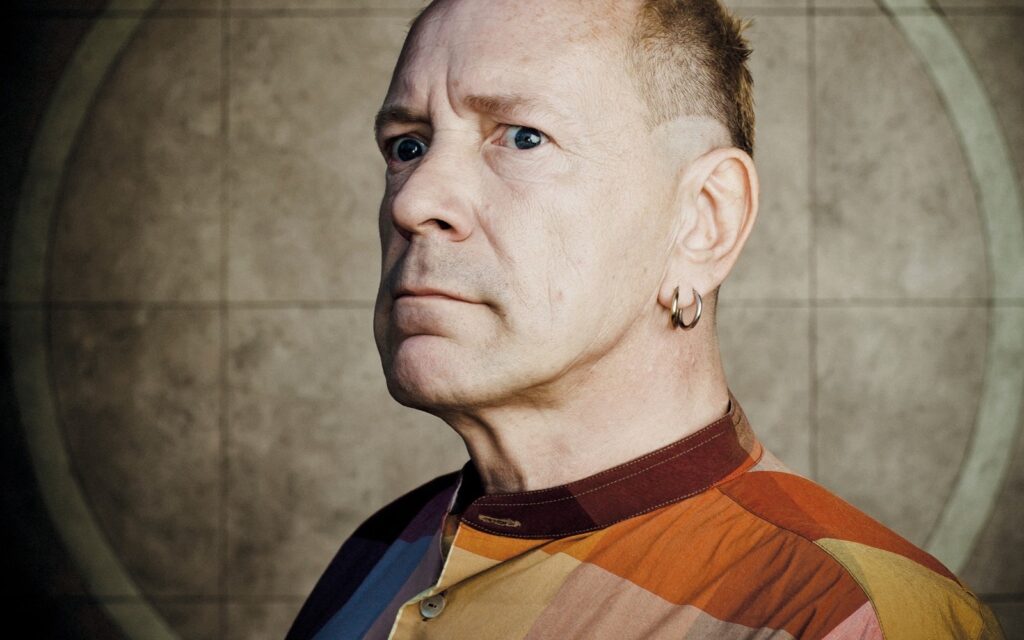The app is a key part of the album, and Murray-Leslie tells me that the key difference between this and previous Chicks releases is that it works on multiple layers. “The visuals are really strongly connected to the audio,” she says, “so whilst making sounds, we’re also showing the video. That’s what you’ll see with the app – you get an audio-visual space you can play with. Inside the app is a concentration of art performance work.” The idea of presenting pop music in this way is still relatively untested, and the band are very excited to be entering the fray. “We like to think that there are three apps in the world,” she says with a laugh. “You have Björk, you have Brian Eno, and you have Chicks On Speed. The music app is going to peak with us, basically.” The album also includes some new collaborators, although Murray-Leslie is reluctant to tell me who, as some of them, she insists, are “wanted people” … she won’t be drawn into who, although teasingly, she says that police and governments may well be interested, and that the album has a definite “political edge.”
Inherent in Chicks On Speed is a voracious appetite for anything new – for new ways to look at the world, and for new ways to present their art. The group often have a manifesto, although they have admitted in the past that said manifesto changes constantly. I ask Murray-Leslie where it currently stands, and thinks about it for a minute. “We contradict ourselves all the time,” she laughs. “There are a lot of paradoxes in what we do, that’s all part of the reason why it changes a lot. I think, at the moment …” she pauses again, “I don’t know. I think it’s just constantly changing. I think, okay, we could say that the latest manifesto is ‘Don’t’. It’s all about encouraging you to do the things you shouldn’t do. Don’t art, don’t fashion, don’t music, don’t get married, don’t have kids … it’s basically a play on the Fluxus manifesto.”
With a career that spans more than a decade, Chicks On Speed are world-travellers – their membership spans nations, and they have lived and performed in a host of cities. Their particular outlook, however, has its roots in Germany – Murray-Leslie met band-mate Melissa Logan while studying art at Munich Academy – and in many ways, they remain tied to the place. “It’s funny,” Murray-Leslie says, “I’m Australian and our drummer for the tour is also Australian, so now two thirds of the band is Australian, but a lot of the time, people still write that we’re German. When we studied there, we had an incredible time,” she continues. “We had a really great opportunity there to develop our skills and our work, and we had a lot of support from different cultural bodies. I identify with the culture, too. Germany has a great history of the arts and culture, so definitely, I identify with the mentality there. They’re great, free thinkers.”
A few years back, long-time member Kiki Moorse departed Chicks On Speed, leaving just core members Logan and Murray-Leslie. In spite of the loss, the group are still going strong, and are taking on new collaborators all the time. “Currently, we’re working with an electronic drummer named Erica,” Murray-Leslie says. “She approached us and asked if she could play in the live show and we liked her style. We’re constantly taking on new members,” she continues, “bringing in new skill sets and different types of creativity. It depends on the project, but usually we meet people through friends or agents.” The constant changes, she says, make life in Chicks On Speed exciting. “We’re constantly moving forward, finding new people and new ways of working,” she says. “It’s all about how far we can stretch an idea, from music to media to architecture to any other art form!”
A few years back, Murray-Leslie mentioned to an interviewer that she has archived every piece of material associated with Chicks On Speed since its inception in the ‘90s – if that’s true, then she must have quite a collection. “Oh yeah, we archive everything!” she tells me.
“We have big hard drives of material, huge archives of fashion with thousands of outfits, and we pay huge storage costs to keep them there. We have our own archive, and we’re waiting for the opportunity to show it all. We do exhibit a lot of pieces, we take them out of the archive and send them around the world to galleries. We could start our own museum with all of them – a new type of school!”
BY ALASDAIR DUNCAN







